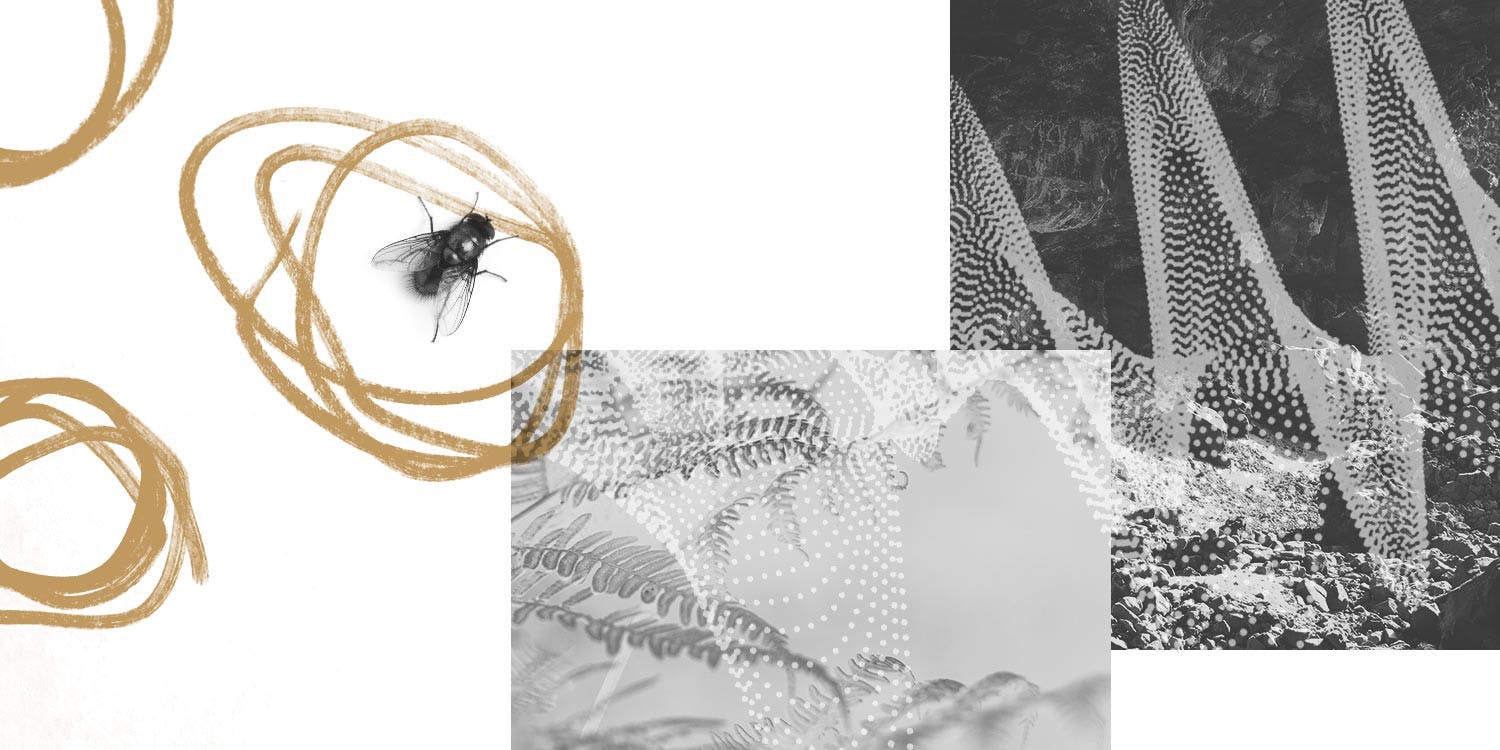
There’s a commonality for designers, whether a product designer or a teacher designing a course. It’s this: Sometimes, even though you know what you want to accomplish, you don’t know how to get there.
This typically builds a lot of unnecessary pressure into the design process. Design isn’t ever easy, but there’s a simpler way to map the way forward if we’re willing to take a lesson from an unlikely source . . .
The bat. 🦇
Bats use a technique called echolocation to map their surroundings at night when they can’t see. Basically, they make chirping sounds and listen for echoes off solid objects.
But it gets more interesting.
Because they receive so many echoes in response to their chirps, they have “to differentiate relevant information from signal clutter.” I learned that from this great SciToons video.
The video explains how bats avoid signal clutter like this:
- To start, they send out low frequency chirps over a large range.
- Then, listen for low intensity echoes from small prey (their goal).
- Re-emit sound waves in the precise direction of their prey.
- When both high and low frequency chirps return, the bat finds its prey and ignores all of the high intensity echoes.
I think bats can teach us something about designing a product or course here. When things seem hazy, it’s beneficial to spend more time listening to customers and learners and letting their feedback inform the next steps for your design.
Here’s how it translates:
- Get feedback from a wide array of people.
- Tune out the “signal clutter” of their feedback. (e.g. Feature add-ons that don’t align with the values/focus of the company.)
- Articulate the most common, underlying problem that you can solve.
- Iterate towards a solution.
In the process, you may have to start ignoring the “high intensity” feedback in pursuit of the gems. Just because some feedback from a customer or learner is loudest in the group, doesn’t mean they speak on behalf of what’s best for the majority (e.g. A learner requesting a time change that’s an inconvenience for the rest of the class).
Whether you’re designing a product or you’re a teacher designing a course, you can use echolocation to map your way forward through the haze.
Using Pathwright is dead simple and doesn’t cost a thing until you’re ready to launch a path.
Get startedTopics in this article

